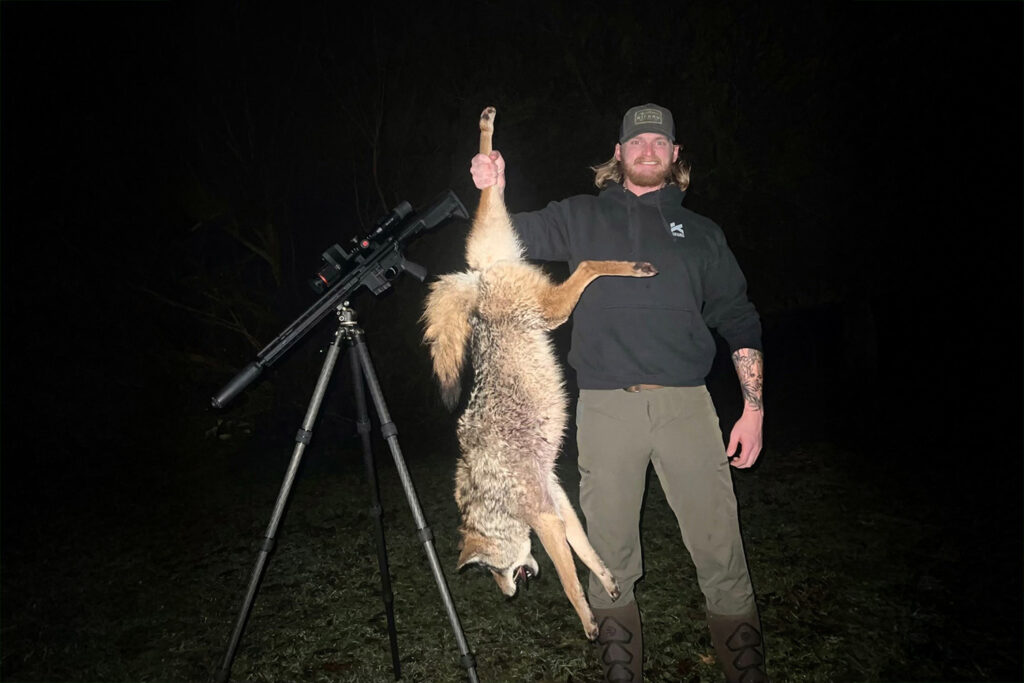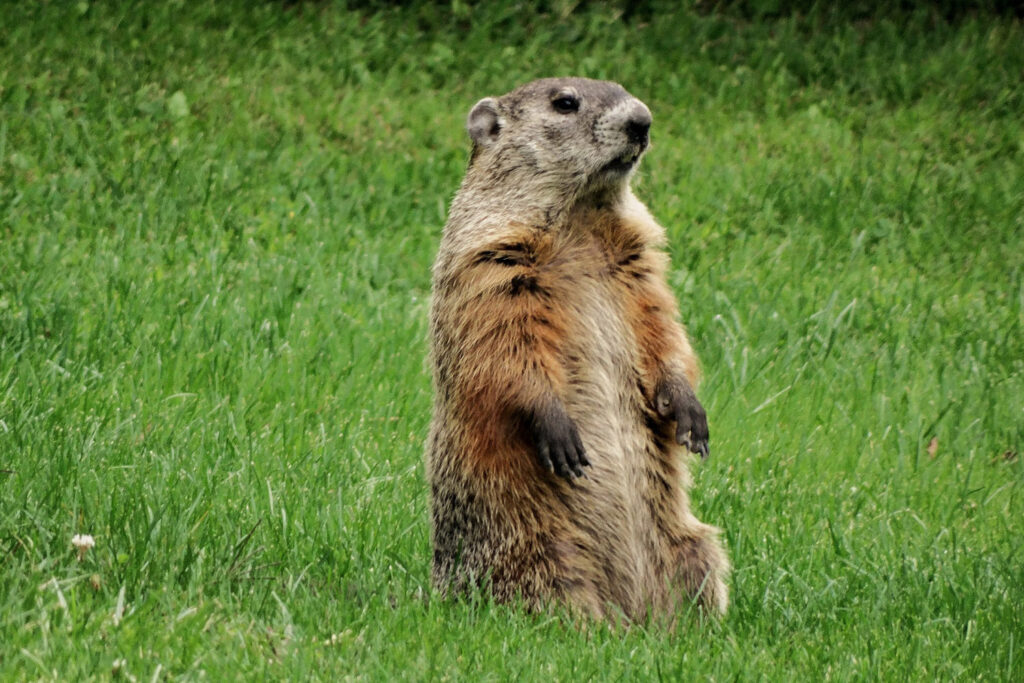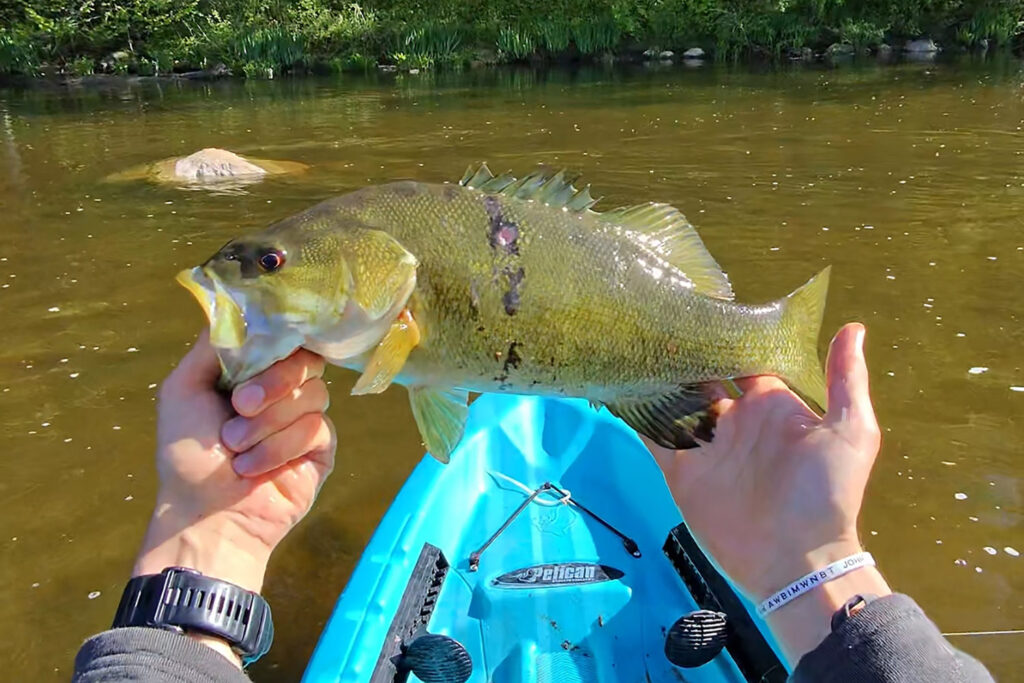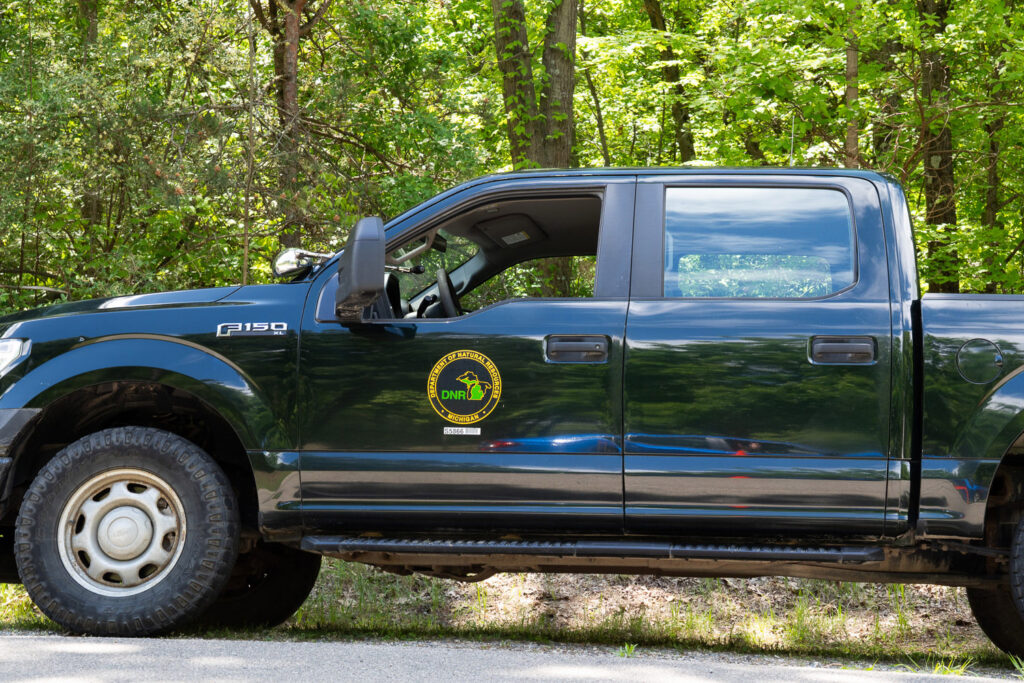Coyote hunting stirs up a lot of emotions in people, and I get it.
I’m a dog lover who had the privilege of owning a purebred Siberian Husky named Charles Barkley. He looked and acted like a wolf/coyote hybrid. Though gentle, Charles was not a cuddly lap dog. He was a natural hunter who would disappear for hours into the woods and come back with a muzzle covered in blood, proud at the success of his hunt. I would be lying if I said I still had a hard time seeing a coyote in the woods without thinking about Charles and how much I miss him.
That said, we shouldn’t feel bad about coyote hunting, trapping, or population management. Like most dogs, coyotes eat just about anything: rabbits, turkeys, squirrels, foxes, raccoons, and birds. They are skilled hunters. However, when their populations grow unchecked, they have a significant impact on local ecosystems. Too many coyotes in a specific area can lead to declines in prey species, like rabbits, which then affects other predators. Also, as coyote prey becomes more scarce, coyotes often turn to alternative food sources, like livestock, trash, or even house pets.
As hunters know, coyotes also eat deer, mainly fawns born in the spring and summer. Their impact on the deer population is significant. One study, conducted in Southern Appalachia, radio-collared 71 fawns and tracked them for 12 weeks. Only 16 survived. Coyotes killed many of the 55 that didn’t live to 12 weeks.
The relationship between coyotes and deer is a two-way street. While coyotes often target fawns, the recent overpopulation of deer in Michigan has contributed to the rise of coyotes. With more fawns available, coyotes can not only survive but thrive, leading to more coyote reproduction and an expansion of their territories.
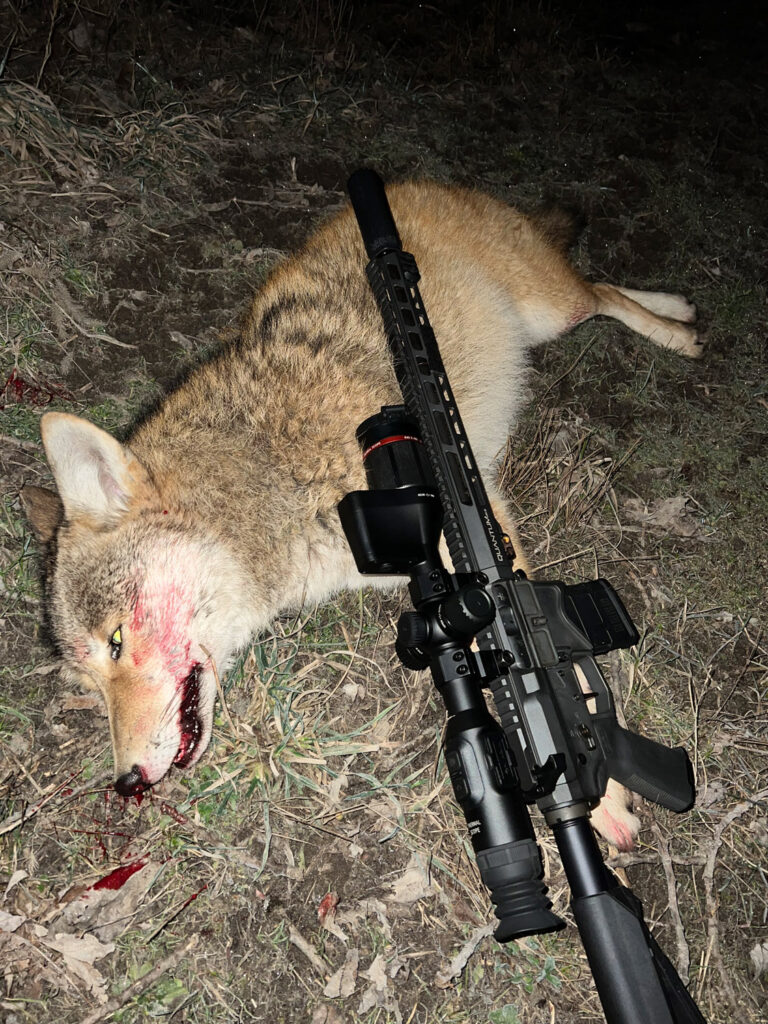
One anecdote with less scientific rigor: The deer hunters in my family, who are a generation or two older than me, did not see or hear coyotes when they were young. This is no longer the case. I hear coyotes every night during hunting season in Big Rapids. The population is growing. The Michigan DNR doesn’t really know how many coyotes there are in Michigan currently, but 13,000 were taken by hunters in 2020. While most hunters wouldn’t recommend eating the meat—you’d have to be pretty hungry to eat what is essentially dog meat—they do look great as a mount. More importantly, hunters know that managing coyote numbers means better deer hunting.
Every species is part of the larger ecosystem. Introducing or removing predators from the food chain throws everything off balance. The growing numbers of coyotes in Michigan impacts all other wildlife species.
So hunting coyotes is good? Sort of.
Thoughtless coyote hunting can, paradoxically, increase the population. When coyote numbers fall, they actually have a biological response that kicks in, and females begin having larger litters than normal.
Removing too many coyotes also leads to overpopulation of “mesopredators,” like raccoons and foxes, which can also screw with Michigan’s ecosystem. Coyote management done correctly requires nuance. It means learning to live with them while also keeping their numbers in check.
Coyotes are a reminder that wildness still exists in Michigan, even in our backyards. But with that wildness comes a responsibility to respect coyotes for what they are, to understand their role, and manage their numbers in a way that preserves balance.
Tom Zandstra is a passionate outdoorsman and CEO of The Fair Chase. Follow him on X @TheFairChase1.
